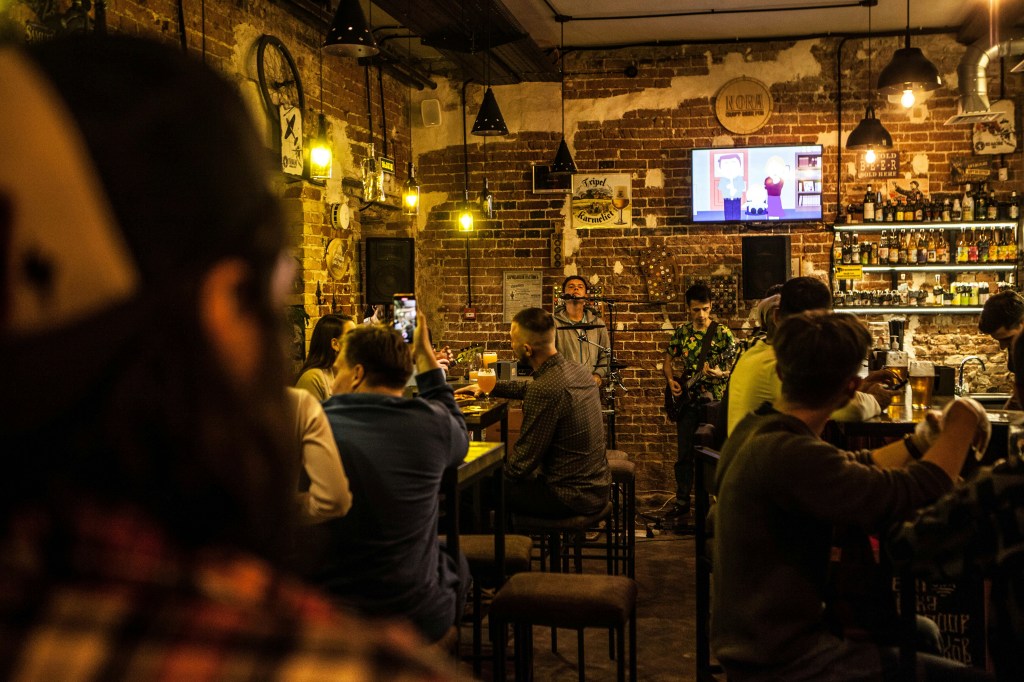A word about inflation
In the US, we have recently emerged from the most aggressive inflationary period in four decades, which lasted 33 months and remains top of mind for consumers. To say shoppers are cautious about how they spend their money is an understatement.
Interest rates are still high and wage growth, while growing faster than inflation, isn’t going to absorb the weight of the cost of living for some time.
As a result, NIQ data shows a continued increase in demand for products that allow consumers to save by cooking at home: pasta, prepared foods, canned soups, and pasta sauce. This trend is tied to inflation in the meat category: chicken, beef, seafood, and pork are expensive for families.
Thoughts on digital price tags at shelf
Digital pricing can help manufacturers and retailers engage these cautious consumers in 2024.
From the retail side, it’s anyone’s guess when the retail labor shortage will end, so retailers are looking for efficiency and automation that does what humans used to do. Digital pricing has the potential to drive labor savings by not having retail associates changing sale tags from week to week, among other efficiencies, including couponing.
Couponing is easier in the digital age, with new techniques taking hold in the last few years, accelerated by the pandemic. Apps for retailers like Target make it simple to link coupons to the items on a shopping list. NIQ data shows shoppers are using their phones while shopping in stores. In effect, their phone is their “easy button” for shopping, used for everything from navigating the shelves, to self-scanning their purchases, to looking at expanded product labels. As more retailers shutter their paper circulars in favor of cost-efficient digital and store-only versions, more shoppers are moving into and becoming acclimated to digital spaces.
Digital pricing also enables dynamic pricing, a concept that shoppers are already familiar with—at its most basic level, dynamic pricing is the same concept as “everyday price” and “sale price.” However, the difference in this new context is a more seamless experience for both the shopper and the retailer. All store formats have peaks and valleys in their foot traffic throughout the day and week. Is there an opportunity to implement demand-based pricing similar to Uber’s pricing and service model? Possibly.
Dynamic pricing could be an effective tool for driving people to the store during lower traffic periods, creating more predictability within a retailer’s business. The concept could look similar to the AMC Theater’s Discount Tuesdays. It’s a fascinating concept with plenty of opportunities.
Experiential retail: The new loyalty program
Another area to consider is the way retailers are allocating their floorspace. As we moved into the new normal post pandemic, shoppers reengaged with physical locations, but they also returned with an expectation of convenience, less friction at checkout and wanting different experiences.
Several retailers have answered this call, including HEB with their Central Market format, and Wegmans, where they execute various forms of experiential retailing—for example, a coffee shop, dry cleaners, hair salon, or optical shop in the middle of the store. But there are other ways to keep shoppers engaged and increase their time in-store.
Retailers could take a page from Home Depot’s playbook and host activities that showcase products from the store—for example, cooking classes for kids. What better way to build lasting loyalty than to create memorable experiences in-store for the entire family? Increasing engagement through high quality engagements and experiences will help retailers stay top of mind with their shoppers.
It has never been easier to acquire goods than it is now—as an industry, we used to talk about “channel blurring” but I think the lines between channels are nearly gone. Every brick-and-mortar retailer has a website or app presence, many have moved into home delivery either with owned or third-party resources, and more digitally native shoppers are entering the market every day. One of the most compelling reasons for shoppers to buy online is frictionless checkout; shoppers still want to come to stores, engage with categories, and discover new items, but they’ve also come to expect a high-quality, “omni” shopping experience from beginning to end.
About the author

Pete Conti, SVP, Analytics US
Pete Conti leads the Advanced Analytics sales team in the US. In his 20+ year NIQ career, he held several leadership roles within the Assortment Practice Area and within NIQ Professional Services.
Conti helps client brands achieve their goals, by generating outcomes and driving business improvements with their Pricing, Promotion and Assortment strategies.
Prior to NIQ, the Chicago native spent 17 years at Jewel Food Stores. Conti earned a degree in Marketing from the University of Illinois at Chicago.




